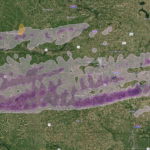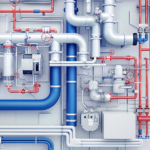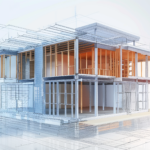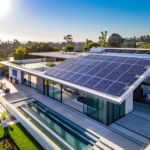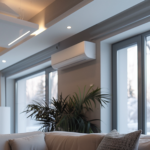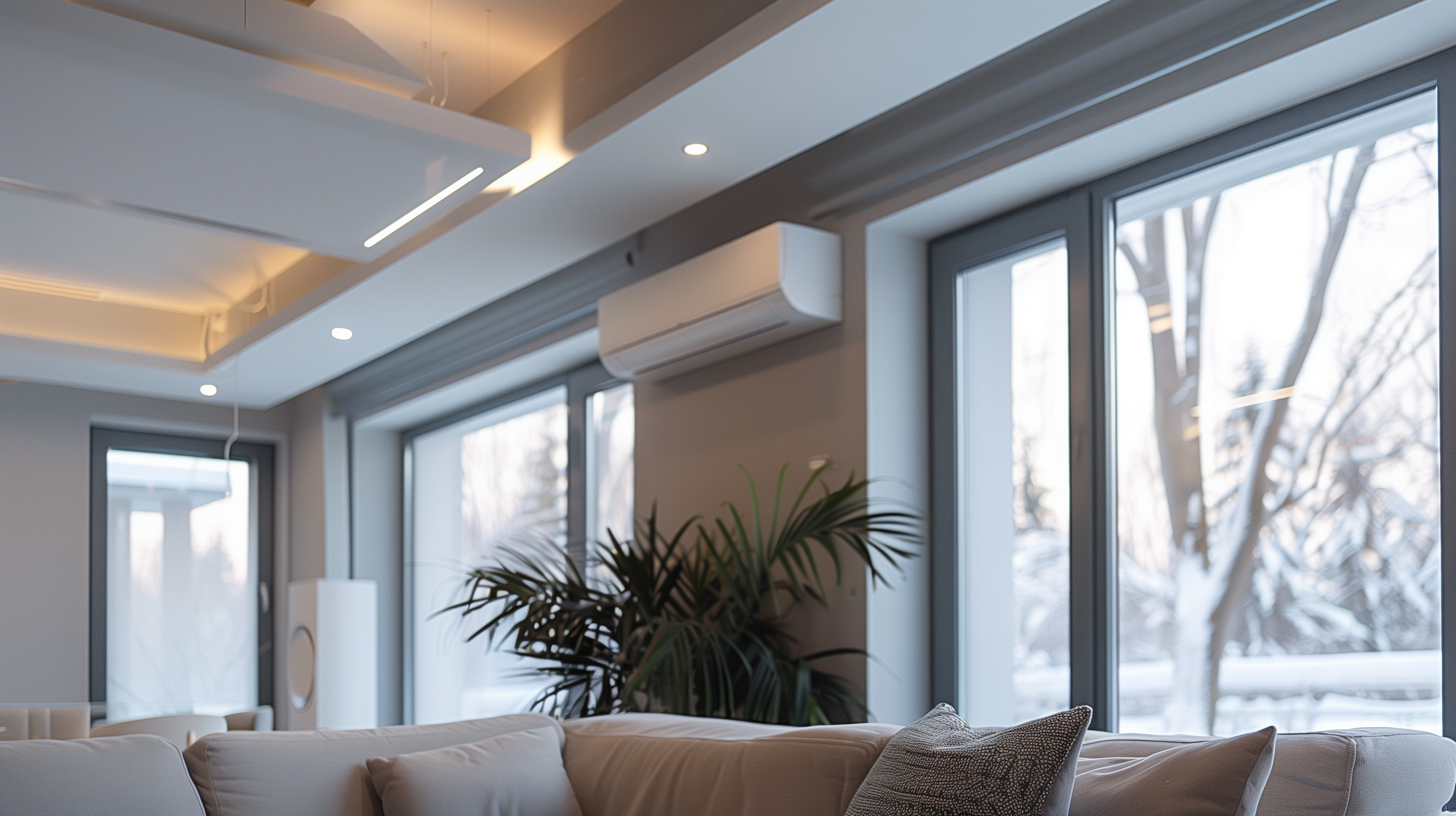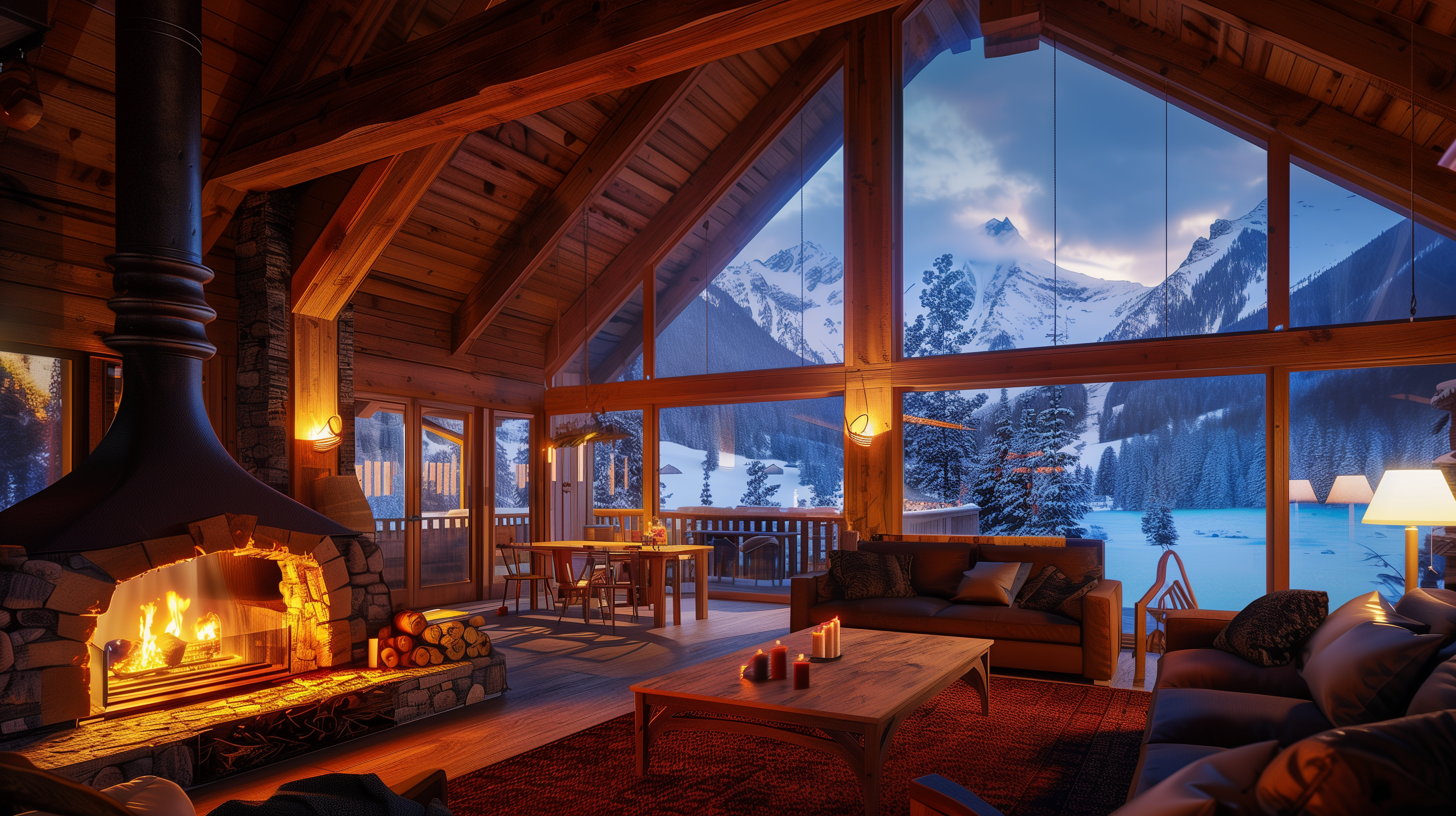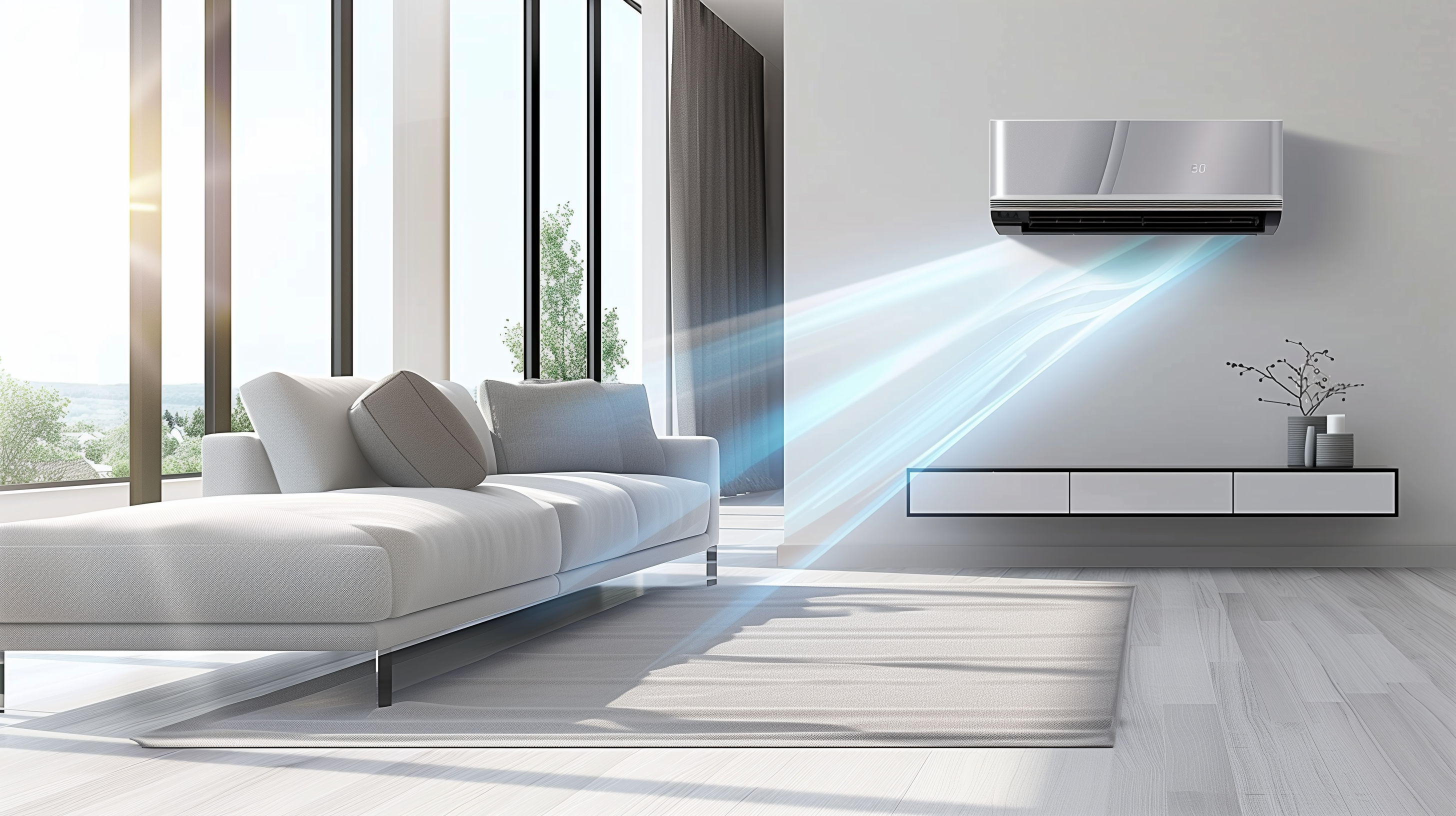Ensuring Code Compliance for Evaporative Cooling Systems
Evaporative cooling systems, often referred to as “swamp coolers,” offer an energy-efficient alternative to traditional air conditioning by leveraging the natural cooling effect of water evaporation. These systems are especially effective in hot, dry climates, providing substantial energy savings by using outdoor air to cool the indoor environment. However, ensuring compliance with building codes is crucial for their proper installation and safe operation.
This blog provides a detailed code compliance brief for evaporative cooling systems, covering essential requirements from the 2015 International Residential Code (IRC) and International Energy Conservation Code (IECC). It also outlines best practices for plan reviews, construction documentation, and field inspections to help builders, remodelers, and code officials ensure compliance during design and installation.
How Evaporative Cooling Systems Work
Evaporative cooling systems operate by drawing hot, dry outside air across water-saturated pads. As the air passes through the pads, water evaporates, absorbing heat and lowering the air temperature. The cooled air is then distributed indoors, creating a comfortable environment.
Types of Evaporative Cooling Systems
- Direct Evaporative Cooling
- Air is cooled and humidified by direct contact with water-saturated media.
- Common in residential applications.
- Indirect Evaporative Cooling
- Uses a heat exchanger to cool the air without increasing humidity.
- More suitable for areas with moderate humidity.
- Direct/Indirect Evaporative Cooling
- Combines both methods for enhanced cooling efficiency and comfort.
Code Compliance Requirements for Evaporative Cooling Systems
Plan Review Requirements
Per the 2015 IECC/IRC, code officials must review construction documents to ensure compliance with applicable codes. During the plan review, ensure the following information is provided:
- Insulation Materials and R-Values
- Specify the R-values for duct and pipe insulation.
- Mechanical System Design
- Include equipment types, sizes, and efficiencies.
- System Controls
- Document the type and location of system controls.
- Duct Sealing and Air Sealing Details
- Ensure proper sealing techniques are specified for duct joints and seams.
- Flashing and Moisture Control
- Include flashing details to prevent water penetration around air intake and exhaust openings.
Applicable IRC Sections:
- Section R103.3/R106.3: Examination of documents for code compliance.
- Section M1413.1: General provisions for evaporative cooling equipment installation.
- Section R703.4: Flashing requirements for exterior wall penetrations.
General Installation Requirements
Proper installation is critical for ensuring the safety and performance of evaporative cooling systems. Key installation requirements include:
- Mounting and Ground Clearance
- Equipment should be mounted on a level platform per the manufacturer’s instructions.
- Ground-mounted units must have a clearance of at least 3 inches above the ground.
- Flashing and Weather Protection
- Air intake and exhaust openings should be flashed with corrosion-resistant materials to prevent moisture incursion.
- Potable Water Supply Protection
- Ensure that potable water connections include backflow prevention to protect against contamination.
Relevant Code Sections:
- IRC Section M1305.1.4.1: Ground clearance for equipment.
- IRC Section P2902.1: Protection of potable water supply systems.
- IRC Section R303.6: Protection of outside air intake and exhaust openings.
Insulation and Air Sealing Requirements
Duct Insulation
Per the 2015 IECC/IRC, ducts must be insulated to minimize energy losses. The required R-values for duct insulation are:
- R-8 for ducts ≥ 3 inches in diameter located in attics.
- R-6 for ducts < 3 inches in diameter located in attics.
- R-6 for ducts ≥ 3 inches in diameter in other areas.
- R-4.2 for ducts < 3 inches in diameter in other areas.
Exception: Ducts entirely located within the building’s thermal envelope do not require additional insulation.
Duct Sealing
All duct joints, seams, and connections must be sealed in accordance with the IRC and International Mechanical Code (IMC). Field testing to verify duct tightness is required, and documentation must be submitted to the code official.
Relevant Sections:
- IECC/IRC Section R403.3.2/N1103.2.2: Duct sealing requirements.
- IECC/IRC Section R403.3.1/N1103.3.1: Duct insulation requirements.
Field Inspection Checklist for Evaporative Cooling Systems
During field inspections, code officials should verify compliance with the following requirements:
- Proper Equipment Installation
- Ensure the evaporative cooler is correctly mounted and level.
- Verify that clearances meet manufacturer instructions.
- Flashing and Moisture Protection
- Inspect flashing around air intake and exhaust openings to ensure it is properly installed and weather-resistant.
- Duct Insulation and Sealing
- Confirm that ducts are insulated to the specified R-values and that all joints and seams are properly sealed.
- Potable Water Connection
- Verify that the potable water connection includes a backflow prevention device.
- Air Intake Location
- Ensure air intake openings are located at least 10 feet away from any hazardous or noxious contaminants.
Common Applications of Evaporative Cooling Systems
- New Residential Construction
- Used in hot, dry climates to reduce energy consumption and cooling costs.
- Additions and Remodels
- Effective for cooling new additions or remodeled spaces without extending ductwork from the central HVAC system.
- Green Building Projects
- Evaporative cooling systems contribute to energy efficiency goals and may help earn points toward certifications such as LEED.
Conclusion
Evaporative cooling systems offer an energy-efficient and cost-effective solution for cooling homes in hot, dry climates. Ensuring compliance with IRC and IECC codes during design, installation, and inspection is essential to maximize system performance and safety. By following the guidelines outlined in this brief, builders, designers, and code officials can streamline the approval process and ensure high-quality installations.
For immediate service or consultation, you may contact us at Allied Emergency Services, INC.
Contact Information:
- Phone: 1-800-792-0212
- Email: Info@AlliedEmergencyServices.com
- Location: Serving Illinois, Wisconsin, and Indiana with a focus on the greater Chicago area.
Disclaimer: This article is intended for informational purposes only. For professional advice, consult experts in the field.
